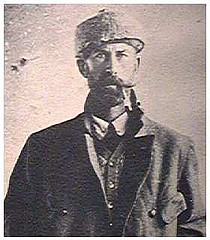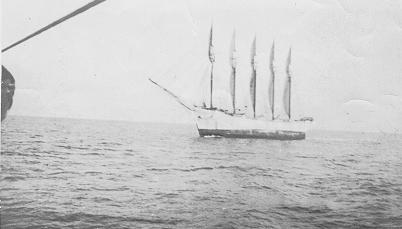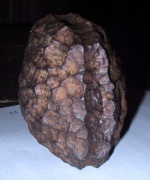August 18, 1765. One Carr, a waterman, having laid a wager, that he and his dog would leap from the centre arch of Westminster Bridge, and land at Lambeth, within a minute of each other; he jumped off first, and the dog immediately followed him; but the faithful animal not being in the secret, and fearing his master should be drowned, laid hold of him by the neck, and dragged him to the shore, to the no small diversion of the spectators.
— Annual Register, 1765




